Key Takeaways
- Rodents vary by species and can cause major damage by gnawing.
- Seal entry points and store food properly to prevent infestations.
- Use traps, bait, or professional help to control rodent problems.
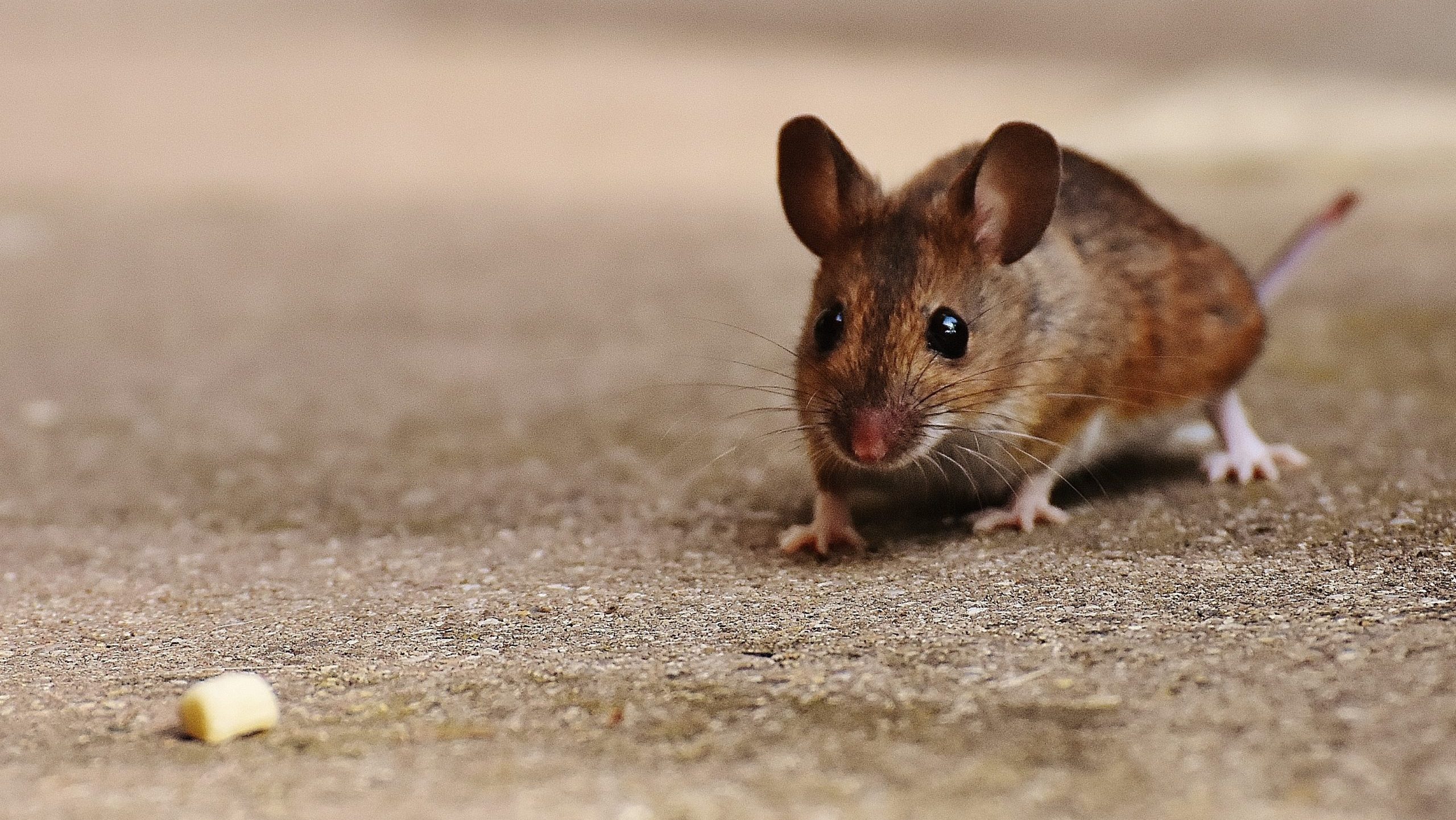 Rodents are one of the most widespread and adaptable groups of mammals on Earth. They can be found in homes, forests, farmlands, and urban areas, playing diverse roles in ecosystems. However, when they invade human spaces, they damage property, spread disease, and contaminate food.
In this blog, we’ll see what rodents are, their key traits, habitats, and behaviors, along with tips to prevent them from infesting your home.
If you’re facing a rodent problem, our professional pest control services are here to help you address it quickly and effectively. Visit our Pest Control page for customized solutions to keep your home rodent-free and safe.
Rodents are one of the most widespread and adaptable groups of mammals on Earth. They can be found in homes, forests, farmlands, and urban areas, playing diverse roles in ecosystems. However, when they invade human spaces, they damage property, spread disease, and contaminate food.
In this blog, we’ll see what rodents are, their key traits, habitats, and behaviors, along with tips to prevent them from infesting your home.
If you’re facing a rodent problem, our professional pest control services are here to help you address it quickly and effectively. Visit our Pest Control page for customized solutions to keep your home rodent-free and safe.
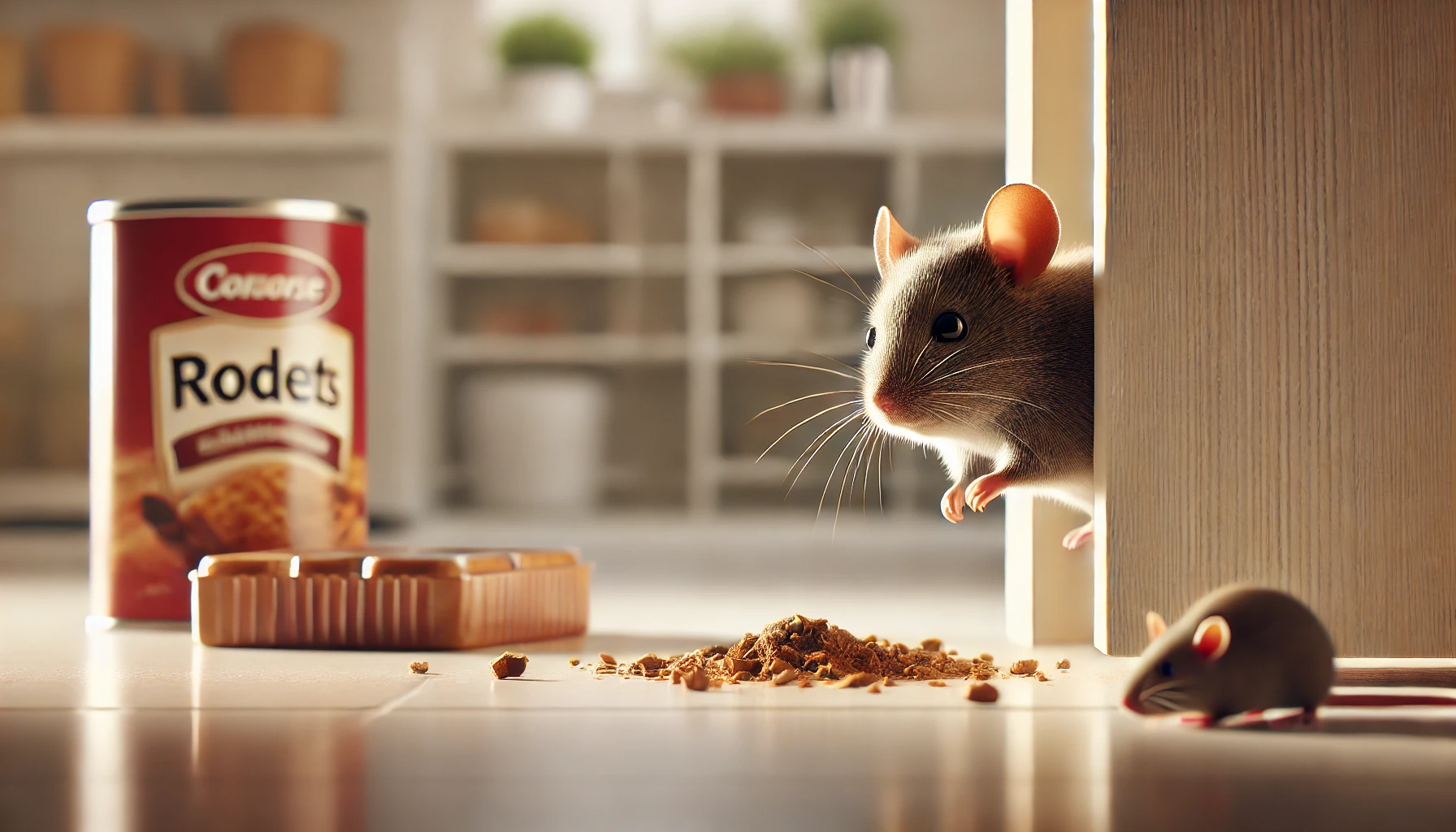

Not getting a solution?
Get your free pest control estimate today!What Is a Rodent?
A rodent is a mammal belonging to the order Rodentia, the largest order of mammals. It has two pairs of sharp, ever-growing incisors in its upper and lower jaws. These teeth require constant gnawing to stay sharp and prevent overgrowth, which explains why rodents are notorious for chewing on wood, wires, and plastic.Physical Characteristics of Rodents
-
Size: Ranges from small mice (about 2-3 inches) to large beavers (up to 3 feet).
-
Body Shape: Compact bodies with short legs, sharp claws, and long tails (in most species).
-
Teeth: Continuously growing incisors, so they gnaw on hard surfaces.
-
Color: Rodents are usually brown, gray, or black, but some species, like squirrels, can have reddish or orange hues.
Types of Rodents
Rodents come in various shapes and sizes, each with its own habits, habitats, and risks. While some rodents prefer the outdoors, others thrive in human environments like homes, gardens, and urban areas. Here are some of the most well-known rodent species you might encounter.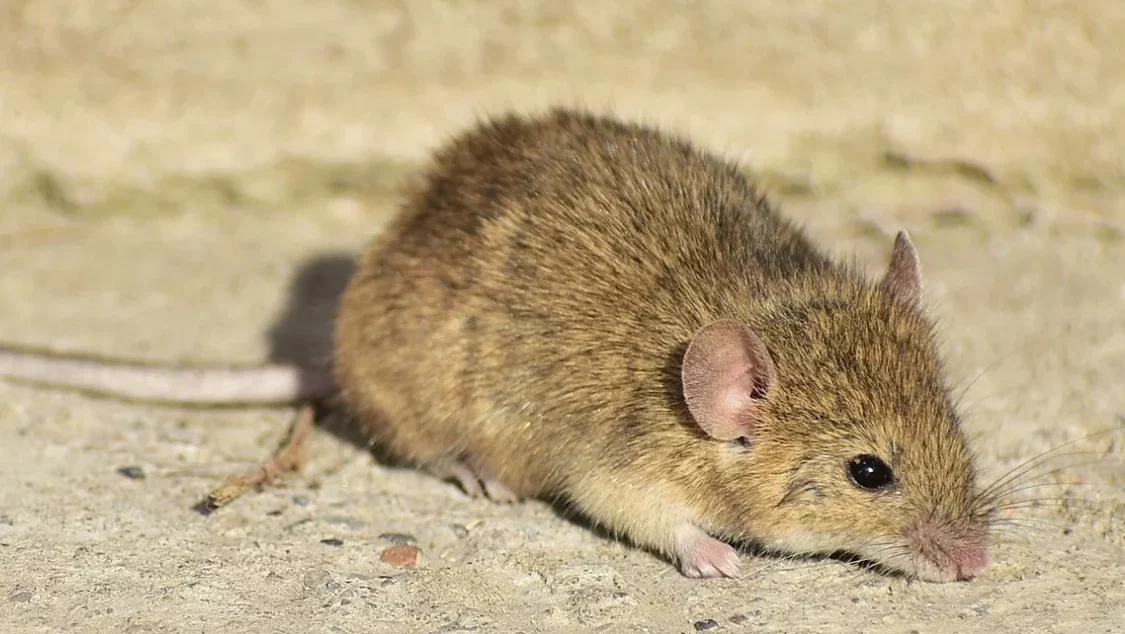 House Mouse
House mice are one of the most common rodents found indoors. Their small size, adaptability, and ability to squeeze through tight spaces make them notorious household pests.
House Mouse
House mice are one of the most common rodents found indoors. Their small size, adaptability, and ability to squeeze through tight spaces make them notorious household pests.
Physical Characteristics of House Mice
-
Size: 2.5 to 3.75 inches.
-
Color: Gray, brown, or light gray.
-
Habitat: Commonly found in kitchens, pantries, and wall voids where they seek food and shelter.
-
Risks: Contaminate food and spread diseases like salmonella, posing human health risks.
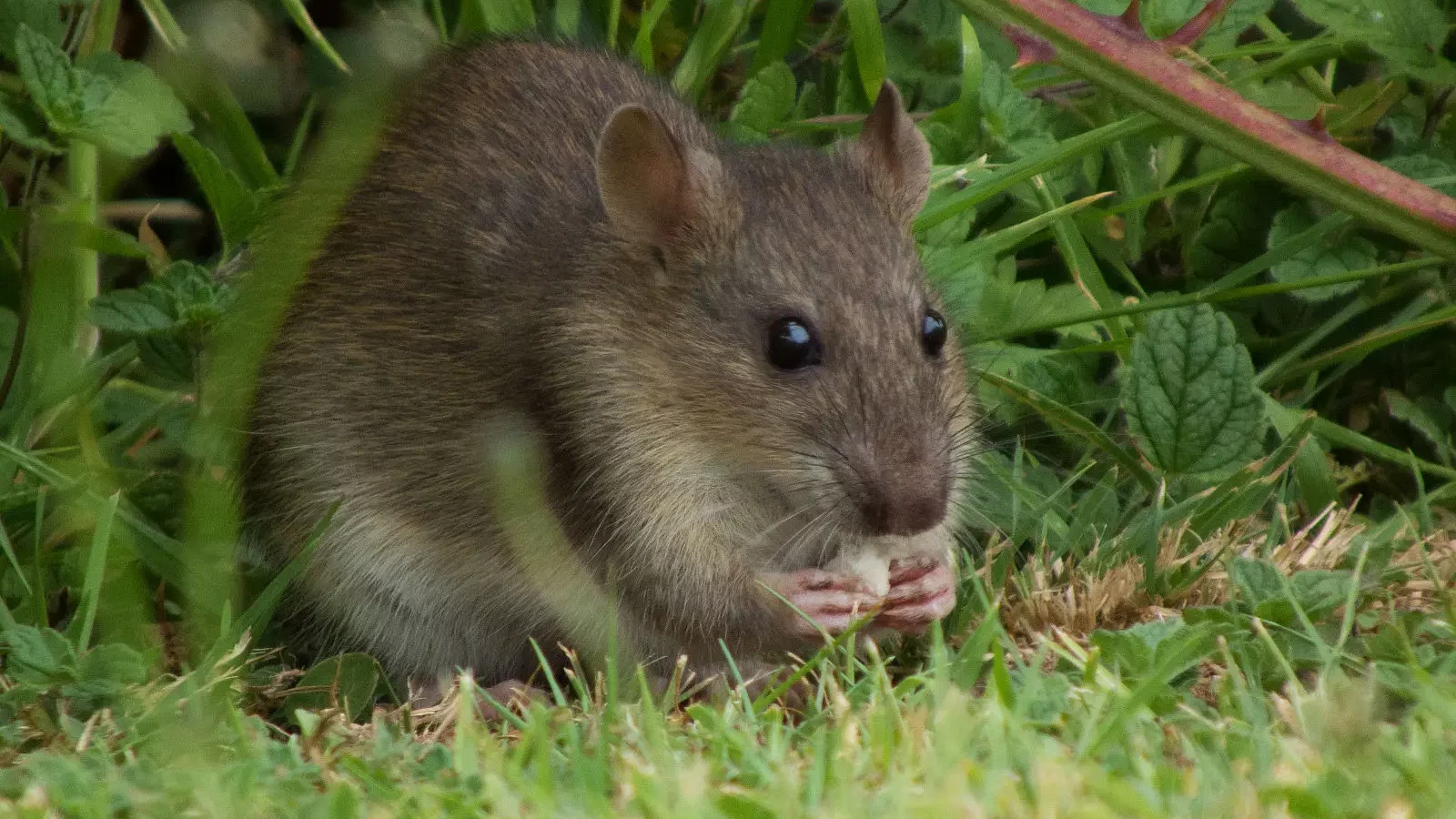 Norway Rat
Norway rats are also called the brown rat or sewer rat. They are larger, more aggressive rodents often found in urban areas. Their strong survival instincts allow them to thrive in harsh environments.
Norway Rat
Norway rats are also called the brown rat or sewer rat. They are larger, more aggressive rodents often found in urban areas. Their strong survival instincts allow them to thrive in harsh environments.
Physical Characteristics of Norway Rats
-
Size: 7 to 9.5 inches (larger than mice).
-
Color: Brownish-gray.
-
Habitat: Found in urban areas, sewers, basements, crawl spaces, and building foundations.
-
Risks: They are known to spread dangerous diseases like leptospirosis and hantavirus, and they can cause extensive structural damage.
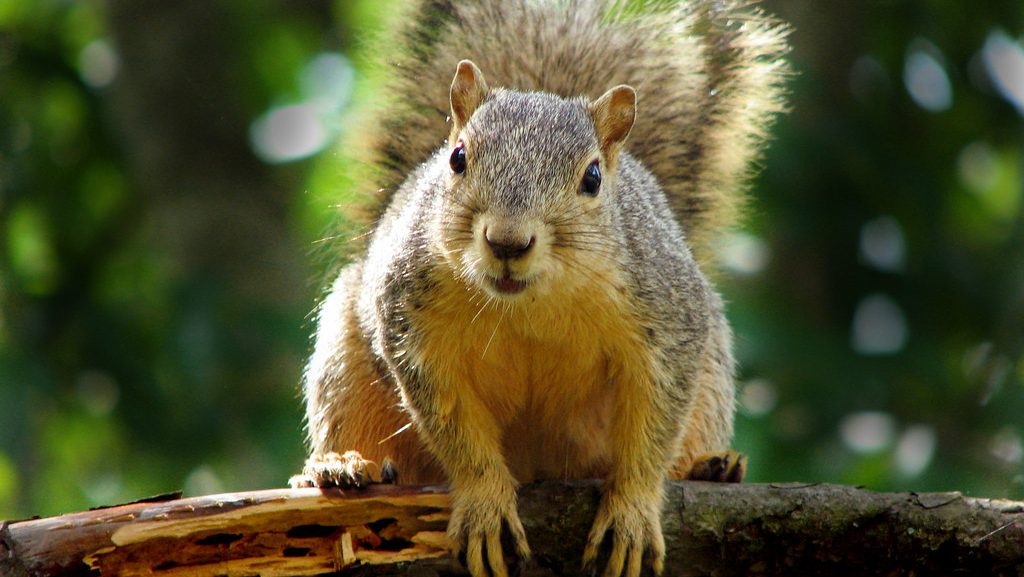 Squirrel
Squirrels are primarily outdoor rodents but can become household pests when they seek warmth and shelter in attics or roofs. Their bushy tails and agile movement make them easy to recognize.
Squirrel
Squirrels are primarily outdoor rodents but can become household pests when they seek warmth and shelter in attics or roofs. Their bushy tails and agile movement make them easy to recognize.
Physical Characteristics of Squirrels
-
Size: 9 to 12 inches (body only).
-
Color: Varies depending on the species (gray, red, brown, or black).
-
Habitat: Live in trees but may nest in attics, crawl spaces, and rooflines.
-
Risks: They can damage roofs, siding, and electrical wiring, leading to costly repairs.
 Beaver
Beavers have an impressive ability of constructing dams, which can change the flow of rivers and streams. While they play an essential ecological role, they can also cause property damage.
Beaver
Beavers have an impressive ability of constructing dams, which can change the flow of rivers and streams. While they play an essential ecological role, they can also cause property damage.
Physical Characteristics of Beavers
-
Size: 3 to 4 feet (including the tail).
-
Color: Brown.
-
Habitat: Reside near rivers, streams, and wetlands, where they build dams to create ponds.
-
Risks: Their dam-building can flood areas, damage property, and disrupt natural water flow.
Where Do Rodents Live?
Rodents are highly adaptable and thrive in diverse environments, from natural habitats to urban areas. In forests, squirrels and some mice build nests in trees, while field mice and rabbits burrow in grasslands for protection. Wetlands and rivers are home to beavers, known for building dams as shelter. In urban areas, rodents like mice and rats seek refuge in attics, basements, and wall voids. Garages, sheds, and sewers also serve as shelter, especially during colder months when food and warmth become scarce.What Do Rodents Eat?
Rodents are omnivores, consuming a mix of plant and animal matter based on their environment and food availability. Their dietary habit allows them to survive in diverse habitats, from natural to urban areas. Some of the common foods that rodents eat are:Common Food Sources for Rodents
-
Seeds, Grains, and Nuts: Are staples for squirrels, mice, and rats due to their high nutritional value.
-
Fruits and Vegetables: Frequently targeted in gardens and homes, especially when left exposed.
-
Garbage and Food Scraps: Rats and mice often scavenge trash bins and compost piles for easy meals.
-
Insects and Meat: Some rodents, like certain rat species, eat small animals or insects during food shortages.
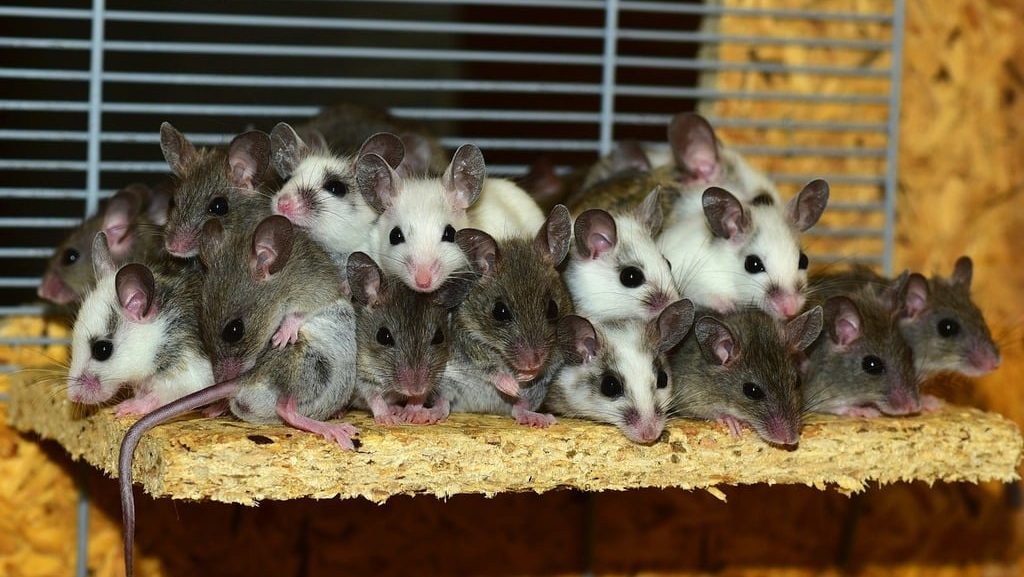
How Long Do Rodents Live?
Rodent lifespans vary depending on the species and living conditions. In the wild, predators and environmental hazards shorten their lives, but they often live longer in captivity.| Species | Lifespan (Wild) | Lifespan (Captivity) |
|---|---|---|
| House Mouse | 1-2 years | 2-3 years |
| Norway Rat | 1-2 years | 2-3 years |
| Squirrel | 6-12 years | 8-15 years |
| Beaver | 10-12 years | 15-20 years |
How to Prevent Rodents from Entering Your Home?
Rodents are resourceful invaders, but with proper precautions, you can keep them out. Here are some simple yet effective strategies to prevent rodent infestations:Tips to Prevent Rodent Infestations
-
Seal Entry Points: Inspect walls, windows, and plumbing for cracks and seal them with steel wool, metal mesh, or caulk.
-
Store Food Securely: Store food, pet food, and birdseed in airtight containers and clean countertops and floors.
-
Eliminate Outdoor Attractants: Remove yard debris, leaf piles, and wood stacks; secure garbage bins with tight lids.
-
Keep Your Home Clean: Vacuum and sweep to eliminate crumbs, and declutter storage areas to remove hiding spots.
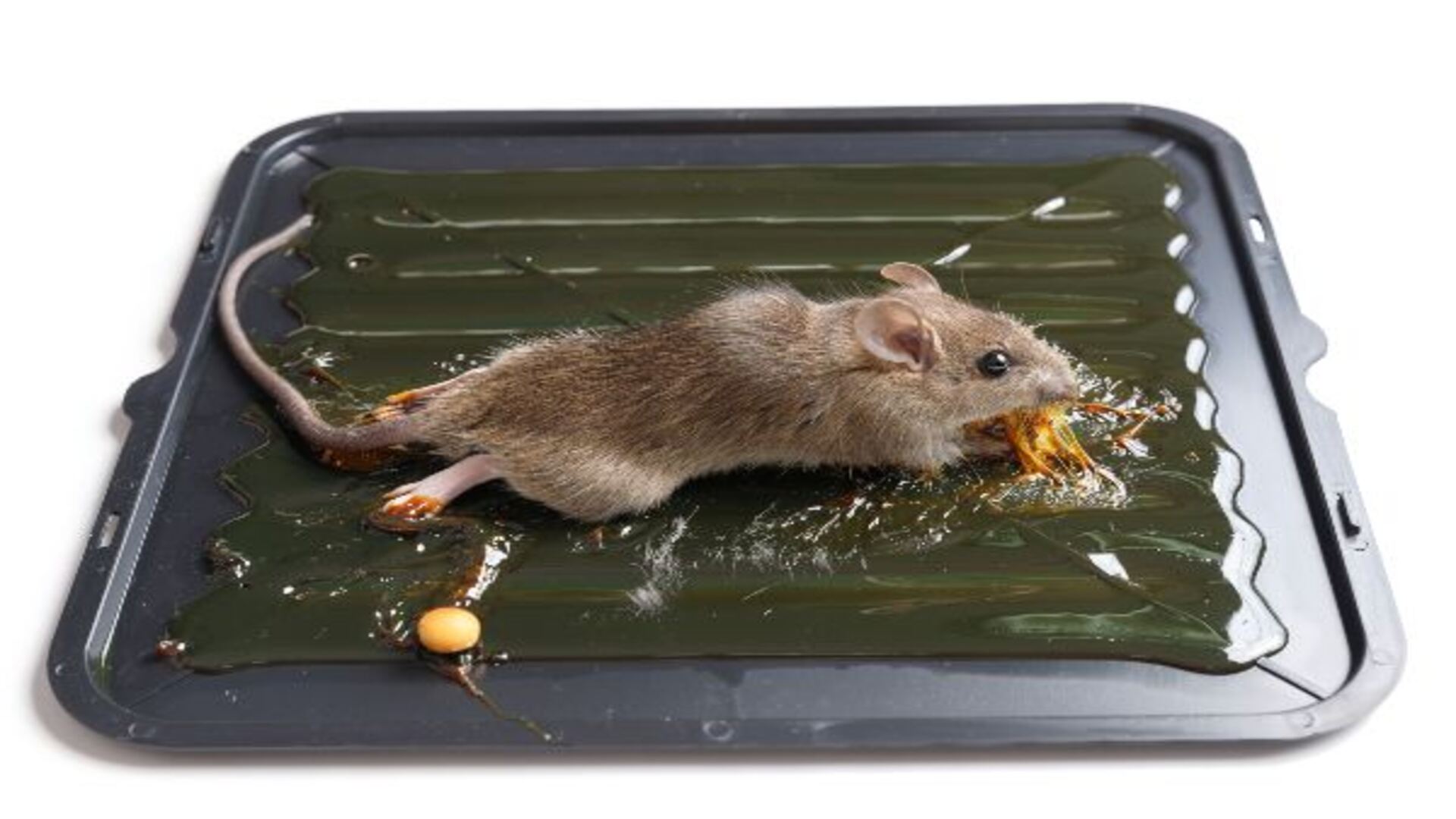
How to Get Rid of Rodents?
If you have a rodent problem, act quickly to prevent it from worsening. Here’s how to control infestations: Use Traps Snap traps and electronic traps are effective at catching mice and rats. Place them where rodent activity is visible, such as near droppings, gnaw marks, or tracks. Peanut butter, cheese, or other food baits can increase trap success. For optimal results, regularly check and reset traps. Bait Stations Bait stations containing rodenticides can be useful for controlling larger infestations. These sealed containers keep poison secure, reducing the risk to pets and children. Put bait stations in areas where rodents are active, but always follow safety guidelines and manufacturer instructions to avoid accidents. Professional Help If the infestation is severe, it’s best to hire a pest control expert. Professionals conduct a thorough assessment, identify entry points, and implement safe, effective treatments like traps, baits, and exclusion methods. Our team can provide a customized approach to protect your home effectively.Myths and Facts About Rodents
Rodents are often misunderstood creatures, and many myths about them persist. Here are some of the most common misconceptions, along with the facts that debunk them:| Myth | Fact |
|---|---|
| All rodents are pests. | Many rodents have important ecological roles and are not considered pests. |
| Rodents can live without gnawing their teeth. | Rodents must constantly gnaw to prevent their teeth from growing too long. |
| All rodents are small and similar in size. | Rodents range in size from tiny mice to large capybaras, the largest rodent in the world. |
| Rodents only live in dirty environments. | Rodents can thrive in clean, well-maintained areas, especially if food or shelter is available. |
| All rodents spread diseases. | While some rodents carry diseases, not all harm humans or pets. |





